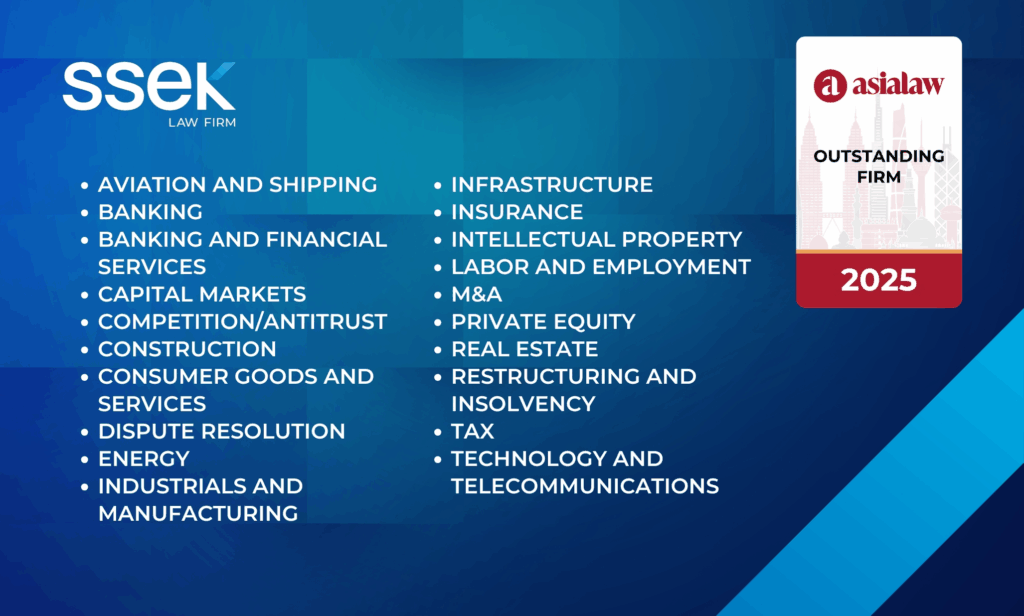Almost no country has so successfully undergone economic development over the past 35 years as has Vietnam. The initiation of its economic reform policy in 1986 was the first timid step which has led to the integration of Vietnam into the global economy. Foreign direct investment has been the dominant theme in the country’s impressive growth and dramatic transformation.
This history continues to shape policies to attract foreign investment, especially in the context of Vietnam’s extensive growth of its international multilateral and bilateral trade and investment arrangements.
However, attracting foreign investment is not without its challenges. Vietnam faces intense competition from other countries in the region, who are also eager to attract foreign investment.
Vietnam seeks to balance its need for investment with the need to protect its resources, environment, culture, and its citizens. It rightfully aspires to a larger reliance on its domestic investment to reduce its dependence on foreign investment. At the same time, it wants to encourage the sophistication of foreign investment beyond simple manufacture of low-cost products.
One of the key challenges facing Vietnam is its infrastructure. Despite impressive progress, the country lacks adequate infrastructure to support the growth and development of many sectors, including manufacturing, transportation, and energy. Improving the country’s infrastructure is crucial to attracting more foreign direct investment (FDI), and the government is taking steps to address this challenge.
These steps include investing in new roads, bridges, and ports, as well as upgrading power and telecommunications networks. All of this is costly and much of the bilateral aid for infrastructure from countries and development banks and organisations has been significantly reduced.
At the same time, Vietnam must ensure that its existing infrastructure is efficient and well-maintained. This requires investment in maintenance and repair, as well as in the development of new technologies to improve the performance of existing infrastructure.
For example, the government could invest in smart transportation systems, which use technology to improve the efficiency and safety of transportation networks, making it easier and faster for goods and people to move around the country.
The workforce is also a challenge. The country must produce, attract, and retain skilled workers to support the growth of its economy and to compete in the global marketplace. The government is taking steps to address this challenge. To support the development of a skilled workforce, the government is investing in education and training programmes, which will help to prepare the next generation of workers.
Vietnam must improve access to quality education, as well as to initiatives to train and upskill workers in industries that are likely to grow in the future, such as technology and renewable energy. Vietnam is also facing challenges related to quality of life. The country must ensure that economic growth is sustainable and benefits all citizens, not just a small elite class. This requires investment in healthcare, social services, and affordable housing, as well as in programmes to protect the environment and reduce poverty.
Key areas of focus
Despite these challenges, Vietnam is an attractive investment venue. The country has a rapidly growing economy, with a young and dynamic population, and a favourable business climate. In recent years, the government has implemented a series of reforms to improve the investment climate, making it easier for foreign companies to invest and operate in the country. Some roadblocks are seen, for example unnecessarily onerous processes for obtaining visas and work permits.
One of the most promising sectors for investment is technology. Vietnam has a thriving technology sector, with a growing number of startups and a famously skilled workforce. The government is encouraging foreign investment in the technology sector, recognising the important role it will play in the country’s future growth and development. This could include initiatives to support development of new tech such as AI, blockchain, and the Internet of Things as well as schemes to support the growth of existing technology companies and startups.
Another promising sector is renewable energy. Vietnam has significant potential for renewable energy, including wind, solar, and hydropower. The government is actively promoting investment in this sector. This investment could include initiatives to build new renewable energy facilities, as well as projects to support the development of new technologies and business models for renewable energy. What is still lacking is an adequate power distribution system.
The manufacturing sector is certainly a key area for investment. The country has a well-developed manufacturing sector, with a highly skilled workforce, and a favourable business climate. The government promotes investment in the sector, recognising the important role it will play in the country’s robust exports. This investment could include initiatives to support the development of new manufacturing technologies, as well as programmes to support the growth of existing companies.
One opportunity for Vietnam to attract more FDI is through its strong tourism industry. The country is renowned for its natural beauty, cultural heritage, and vibrant cities, making it an attractive destination for tourists from around the world. By investing in its tourism infrastructure, such as improving airports and developing new hotels and resorts, Vietnam can tap into the growing demand for tourism and attract more foreign investment.
Additionally, the government’s efforts to promote ecotourism and sustainable tourism practices will further position the country as a desirable destination for both tourists and investors.
Another opportunity is in the digital economy. Vietnam has a growing digital economy. Its large and youthful population is highly engaged in the digital world. This presents a significant opportunity for foreign investors to tap into the rapidly growing demand for digital products and services.
The government is taking steps to support the development of the digital economy, such as providing tax incentives and support for the growth of technology startups. Investment in the sector will certainly spur innovation, create new jobs, and attract more foreign investment in the digital economy.
Yet more prospects can be found in agriculture and food processing. Vietnam is one of the largest producers of rice and other agricultural products in Southeast Asia, which it exports around the world. By investing in new technologies and processes, foreign investors can tap into the growing demand for high-quality, sustainable, and healthy food products.
While these opportunities are significant, there are also challenges. One is the limited skilled workforce. Despite its growing economy and young population, Vietnam still lacks certain skills and depth in its workforce. As mentioned, the government must take steps to invest in education and training programmes that will help to further develop its workforce.
Vietnam faces many challenges in attracting more FDI, but it is well positioned to take advantage of the many opportunities that exist. The country has a growing economy, a young and dynamic population, and a favourable business climate. To attract more FDI, the government must address the challenges it faces, such as improving its infrastructure, developing a skilled workforce, and promoting sustainable economic growth.
Further, there ought to be a focus on higher value production and investment. Relatively lower value-add pursuits such as simple assembly, or garment and shoe production, has helped pave the way for Vietnam’s extraordinary growth. However, the next chapter of its growth story centres on high-tech manufacturing, and other high value-add and service industries like finance, tourism, and IT.
Finally, it is worth noting that Vietnam’s political stability has played a major role in fostering investor confidence over the past 35 years. A continuation of this trend will ensure foreign investors, and especially multinationals, to continue to view the country as a safe and predictable destination for FDI.
This article appeared in the Vietnam Investment Review “35 Years of Foreign Investment in Vietnam” in May 2023.







